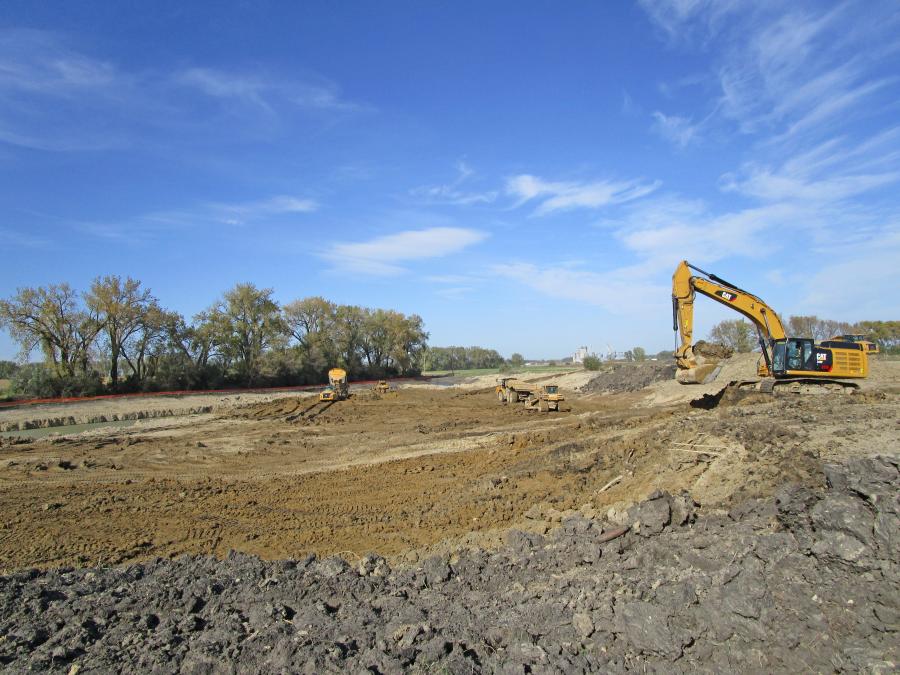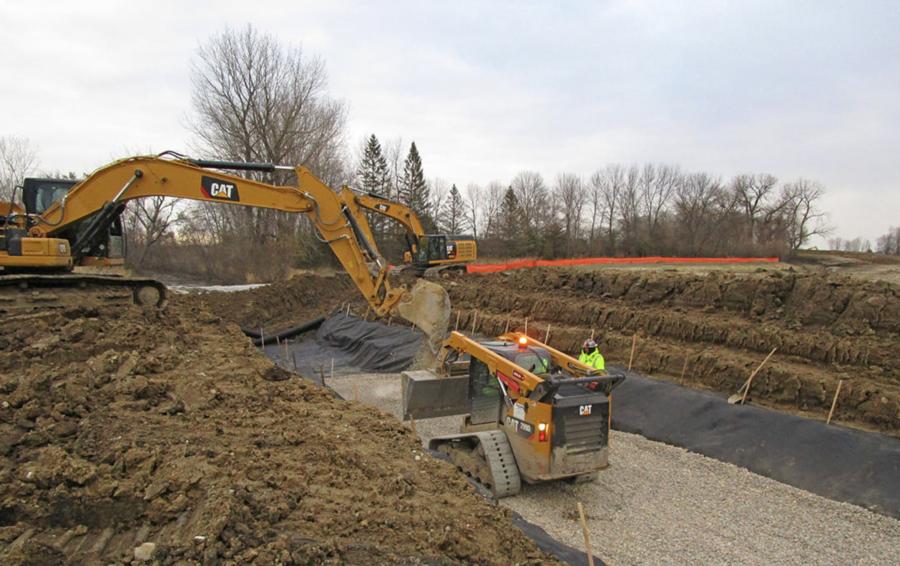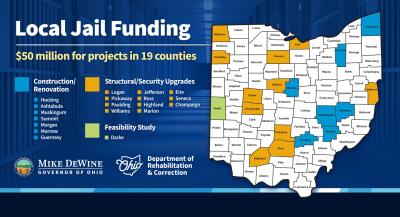The highway and rail project, which should be completed in November 2022, is being financed with funds from BNSF Railway, MnDOT, Kandiyohi County and a TIGER Grant through the Federal Rail Administration.
(Minnesota Department of Transportation photo)
Construction began in mid-July for the $34 million, design-build Willmar Wye project, an initiative led by the Minnesota Department of Transportation (MnDOT) and its partners — Burlington Northern Santa Fe Railway (BNSF), city of Willmar, Kandiyohi County and the Kandiyohi County and city of Willmar Economic Development Commission.
The contract was awarded to Hoffman Construction and the initial work has consisted of clearing and grubbing operations and geotechnical borings to better understand the soil conditions that may impact the construction.
The highway and rail project, which should be completed in November 2022, is being financed with funds from BNSF Railway, MnDOT, Kandiyohi County and a TIGER Grant through the Federal Rail Administration. The city is contributing land from the former Willmar Municipal Airport to the project.
The project will add a 2.5-mi. rail connection between the Morris and Marshall subdivisions of the BNSF rail lines at the west edge of Willmar and to facilitate the new rail line and better move freight through the city. U.S. 12 and MN 40 will be reconstructed to go over the new railway.
Lunda Construction, serving as a subcontractor, will build two new 3-span, pre-stressed concrete girder overpass bridges over the rail line to be laid down. Other elements include the re-alignment of TH 12 (2.5 mi., one lane in each direction) and reconstruction of Highway 40 (0.75 mi., one lane in each direction) and the construction of multiple round-a-bouts on mainline TH 12. Local roads will be impacted via new construction, reconstruction and resurfacing operations.
Planning for the project began several years ago.
"It will improve safety for travelers by reducing at-grade crossing exposure, reduce delays and create emissions savings for travelers by reducing wait times at crossings," said Paul Rasmussen, MnDOT's project manager. "Moreover, it reduces the number of trains traversing through downtown Willmar and the accompanying noise associated with them."
The project also will help to stimulate local economic growth and increase multi-modal opportunities for shippers by providing a rail spur in to the new industrial park being created on the site of the former airport.
BNSF approached MnDOT, Kandiyohi County and Willmar to start this project. The majority of the roadway portion of the project is being constructed prior to the placement of the new rail line, so interaction will be minimal.
Bolton & Menk Inc. is responsible for the design of project components.
"The major design challenges revolve around the large bridge embankments that are being constructed on very soft clay soils with a high-water table," said Rasmussen. "The design incorporates two round-a-bouts on Highway 12 to accommodate trucks entering the industrial park."
The weather is a factor for the general contractor.
"The historically wet spring and high-water table, in conjunction with very poor soils, created a huge challenge," said Todd Hoehn, project manager of Hoffman. "Hoffman is working extended hours — 13-hour days/six days a week — when the weather is cooperative. This is a three-year project consisting of multiple stages. The majority of the earth work is scheduled to be complete by the end of 2019. The added detour of TH 40 allows for all the earth work to be completed in 2019 as well. The bridge work will start this November and be completed by mid-summer of 2020. By mid-summer of 2020 it is planned to have traffic on the new USH 12 alignment.

"Although the earth work will shut down during the winter, our bridge contractor is planning to construct the substructures of both bridges to allow pouring of the decks when the weather allows in the spring," he added. "Hoffman is bringing more than 70 years of experience to the project with our project manager and superintendents. They all have a very diversified palate of earthmoving experience and management of large highway projects."
Cooperation with BNSF is crucial to the success of the project.
"Work in conjunction with BNSF is very limited at this point," said Hoehn. "The project is intended to allow for future expansion of a southbound railway line and only minor work near the existing railway is anticipated. Soil issues continue to be the biggest issue. With the silty soils, any rain hinders production and progress."
Lunda is preparing the construction plan and schedule for the bridge work, which are slated for completion by mid-July of 2020.
It is too early at this point to determine the full amounts of the materials that will be removed, and the amounts of concrete, asphalt, steel and other materials to be brought in.
When construction peaks, there will be nearly 45 Hoffman employees on site, which will be bolstered by Lunda and other subcontractor personnel. Major subcontractors include: Central Specialties, Inc. for the asphalt paving; All State Traffic Control for the traffic control; O'Malley Construction for the curb and gutter and concrete ancillary work; Duininck Construction for the storm sewer, sanitary, and water main installation; All Phase Construction for the casing pipe installation; Global Central Specialties for the new signing, striping, and marking; and Karen's Electric for the new lighting and traffic signals.
In terms of equipment on site already and to be brought in, Hoffman will be using Cat equipment — two 390 excavators; three 349 excavators; three D6N dozers with GPS; three D6T dozers with GPS; one 950K loader; five 563 rollers; and 15 645 articulated trucks. The equipment tally includes another crew of off-road trucks that was recently brought in to expedite the work.
"We have one full-time, onsite, mechanic," said Hoehn. "Cat's excellent support allows for quick equipment repair."
Hoffman purchases and rents its Cat equipment from Fabick Cat in Wisconsin. CEG
Irwin Rapoport
A journalist who started his career at a weekly community newspaper, Irwin Rapoport has written about construction and architecture for more than 15 years, as well as a variety of other subjects, such as recycling, environmental issues, business supply chains, property development, pulp and paper, agriculture, solar power and energy, and education. Getting the story right and illustrating the hard work and professionalism that goes into completing road, bridge, and building projects is important to him. A key element of his construction articles is to provide readers with an opportunity to see how general contractors and departments of transportation complete their projects and address challenges so that lessons learned can be shared with a wider audience.
Rapoport has a BA in History and a Minor in Political Science from Concordia University. His hobbies include hiking, birding, cycling, reading, going to concerts and plays, hanging out with friends and family, and architecture. He is keen to one day write an MA thesis on military and economic planning by the Great Powers prior to the start of the First World War.
Read more from Irwin Rapoport here.
Today's top stories




















